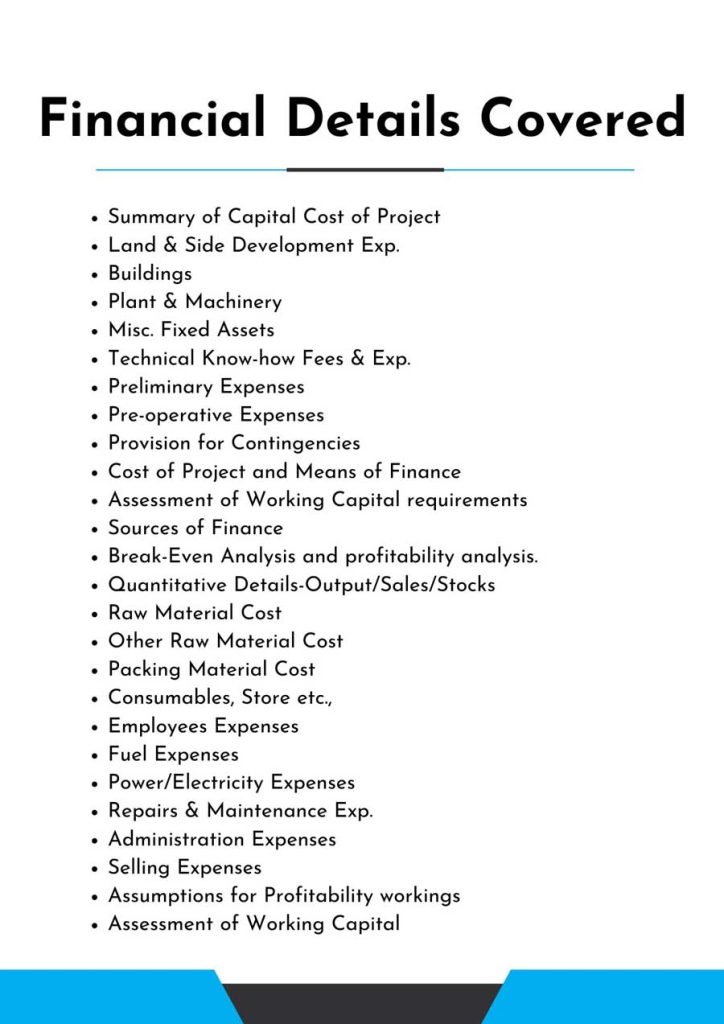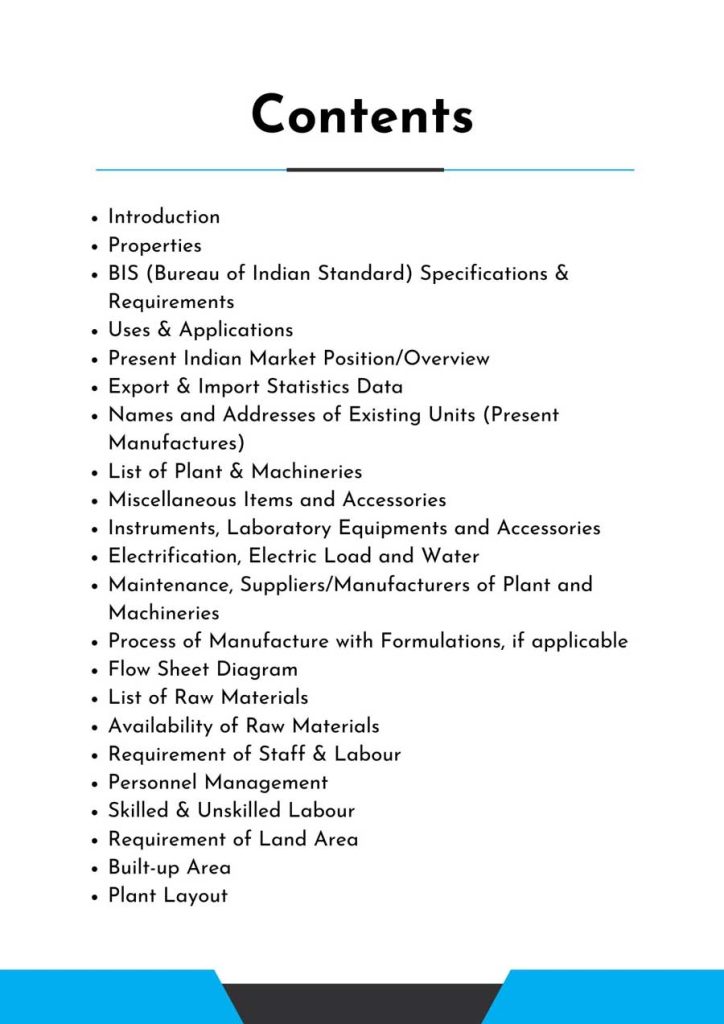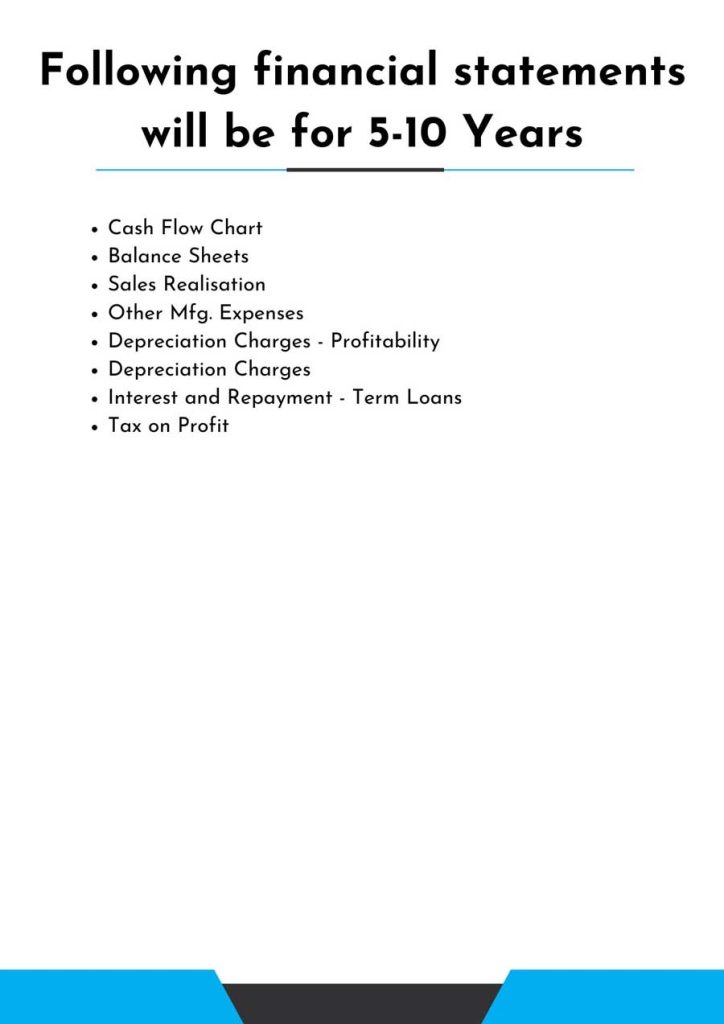Feasibility Report On
Paint Industry
The paint industry plays a pivotal role in enhancing surfaces aesthetically and protecting them from environmental factors. It involves the production of various paints, coatings, and finishes used in construction, automotive, and manufacturing sectors. Innovations in formulations, colors, and eco-friendly options continually shape this dynamic industry’s growth and impact.
Introduction
Feasibility Report For Piant Industry.
The paint industry that produces, distributes, and sells various types of paints, coatings, and associated materials. it includes ornamental paints, industrial coatings, automotive refinishes, wood coatings, and protective coatings. Decorative paints are the most often used and comprise interior and exterior paints, primers, and varnishes. Industrial coatings are designed for specialized uses such as metal protection, marine coatings, and coatings. Automotive refinishes are used to repair and refinish vehicles, whilst wood coatings provide protection and improvement to wooden surfaces.
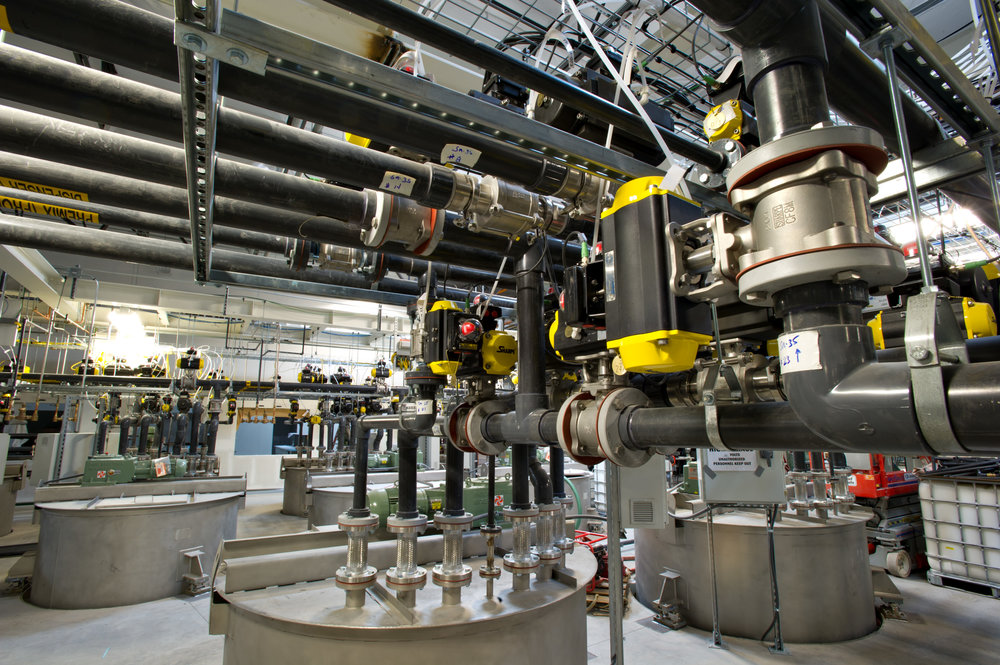
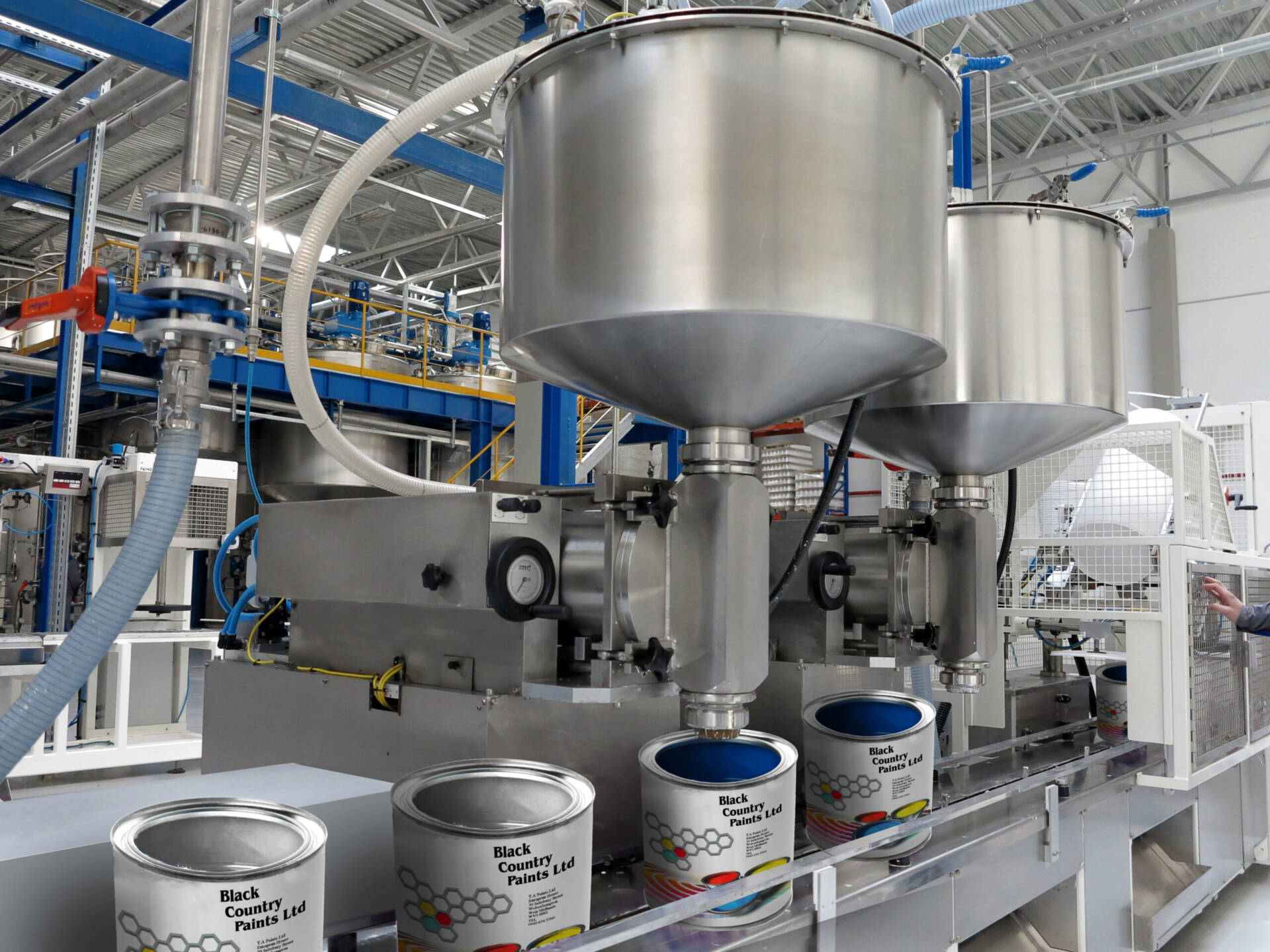
The Indian paint industry is divided into two major segments: decorative and industrial. Exterior wall paints, interior wall paints, wood finishes, enamel, and ancillary items such as primers, putties, and so on are examples of decorative paints, whereas industrial paints include automobile coatings, powder coatings, and protective coatings. The industrial paints segment mostly consists of organized companies, however, the decorative paints segment also includes unorganized competitors because the decorative paints segment is not heavily reliant on technology.
It is a method of creating diverse paint formulations by formulating, mixing, and blending basic elements such as pigments, binders, solvents, and additives. Before being packaged and given to clients, these compositions are checked for quality and performance. Color uniformity, drying time, durability, and environmental impact are all carefully controlled during the manufacturing process. Advanced technology and automated systems are used to ensure efficient manufacturing while focusing on sustainability and regulatory compliance.
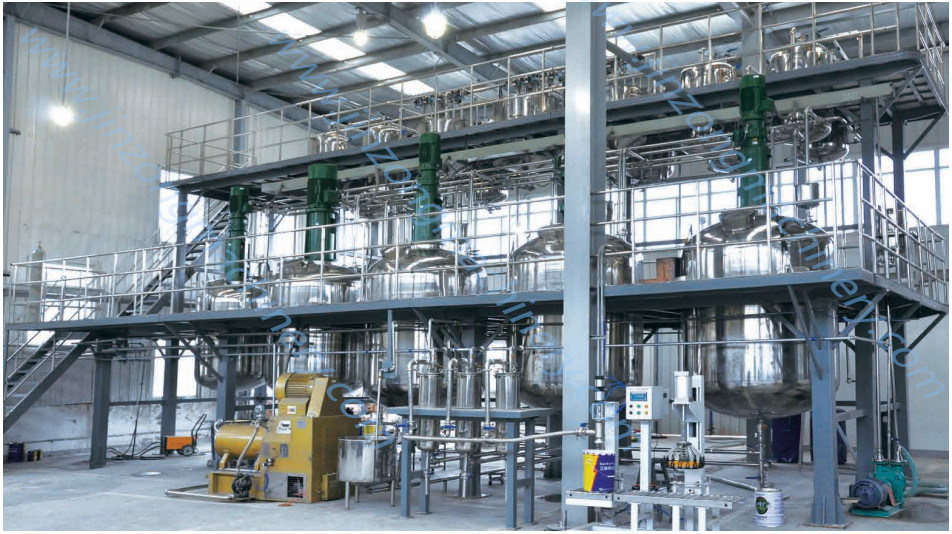
Feasibility Report Sample On Paint Industry



Market Strategy of Paint Industry
At a CAGR of 9.38% over the projected period (2023-2028), analysts expect the India Paints and Coatings Market to be worth USD 8,779.79 million in 2023 and USD 13,745.92 million by 2028.
In India, the industrial paints market (30% of the total market) is rising faster than the decorative paints market. The main paint companies were shifting to industrial paints, seeing stronger potential in the market. The organized sector produces the majority of industrial paints since it is more technologically advanced. The unorganized sector dominates the decorative segment, accounting for 70% of total paint production, up from 75% three to four years ago. Because it is immune from the 20% excise duty and other government levies, the unorganized sector enjoys an advantage over the organized sector.
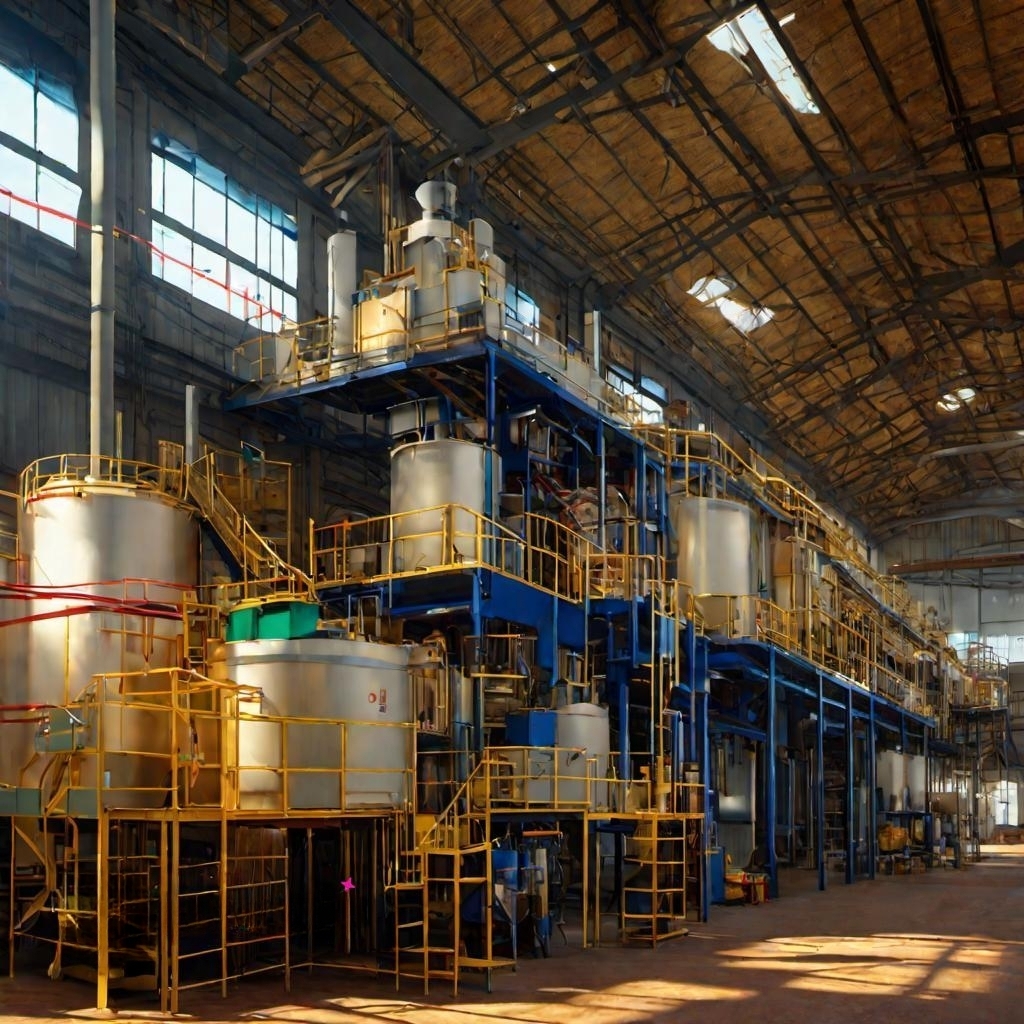
The market is further subdivided into decorative and industrial paints. Demand for ornamental paints is both price-sensitive and cyclical. The monsoon season is a slow season, whereas the peak business season is during the Diwali festival when most people repaint their homes. The distribution network is important in the ornamental market, but technological supremacy and partnerships with automotive manufacturers are important in the industrial area.
